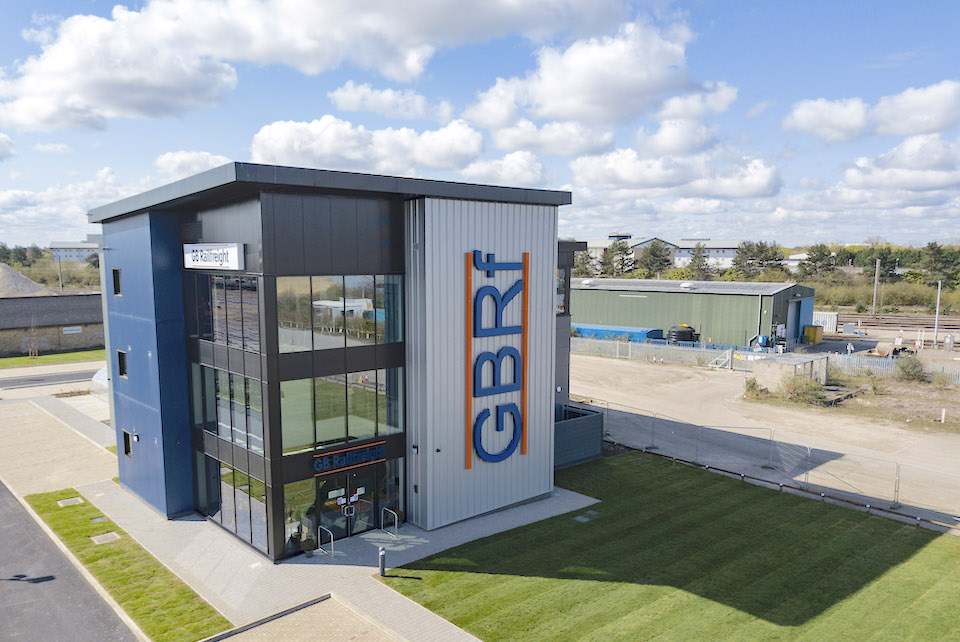GB Railfreight (GBRf) has acquired four new electric “Class 18 hybrid+” shunters (switchers) from manufacturer Clayton Equipment. The new locomotives will step into roles traditionally carried out with diesel shunters. In the UK industry, shunting work has generally been carried out by a dominant design dating back to the 1930s.
The new locomotives will be based across GBRf sites, including their operational headquarters at Peterborough on the East Coast Main Line. They will be used to support supply chain operations services for Network Rail, the British railway infrastructure management agency. The Clayton Equipment design is based on an on-board battery, backed up by a diesel power source for operational versatility.
Spark of excitement around new locomotives
The new Class 18 locomotives are a part of an overall decarbonisation strategy for GBRf. The operator also has on order 30 brand new hybrid Class 99 locomotives, based on the Stadler EuroDual design platform. That fleet will begin to enter service in 2025. Off the rails, the company is moving all sites to use energy only from renewable sources; and it is switching its support vehicle fleet to electric variants at the end of the current leasing agreement.

“The Class 18 hybrid+ shunt locomotives are another exciting step forward for GB Railfreight in modernising and decarbonising our business”, said David Golding, Asset Director for the company. “By utilising them on [supply chain operations] services, we’re making sure our partnership delivers a greener, more sustainable railway that works better for everyone”.
Reduce emissions in GB supply chain
Turning to British manufacturer Clayton Equipment marks a significant step for that company too. The company has been active in the domestic market, and recently supplied locomotives to British Nuclear Decommissioning Agency, and to Freightliner. The Class 18s are powered by an onboard battery, with charging through a three-phase electric supply or via a regenerative braking system. The “Bo-Bo” [two twin axle bogies, all powered] locomotive is also self-contained, with an onboard diesel engine which meets EU Stage V emissions standards. Clayton was a name made familiar in the 1960s, when the company produced diesel locomotives for the rapid modernisation plan of the then nationalised railway network in Britain.
According to a GBRf statement, the supply chain operations services ensure that the materials and components that keep the railway safe and operational, are where they should be, when they need to be. “These locomotives alongside other industry leading decarbonisation initiatives will contribute to GBRf’s efforts to reduce the emissions of Great Britain’s supply chains,” said the company. The customer is satisfied too. “A greener supply chain helps us to operate more sustainably, with cleaner air for the people and wildlife that live nearby,” said Ross Theobald, Delivery Director, Supply Chain Services at Network Rail.
Shunting work in the UK has largely been carried out by a diesel design, dating from the 1930s. Latterly designated “Class 08”, the six wheel design had a coupling rod reminiscent of a small steam locomotive. It was a ubiquitous sight around the network.